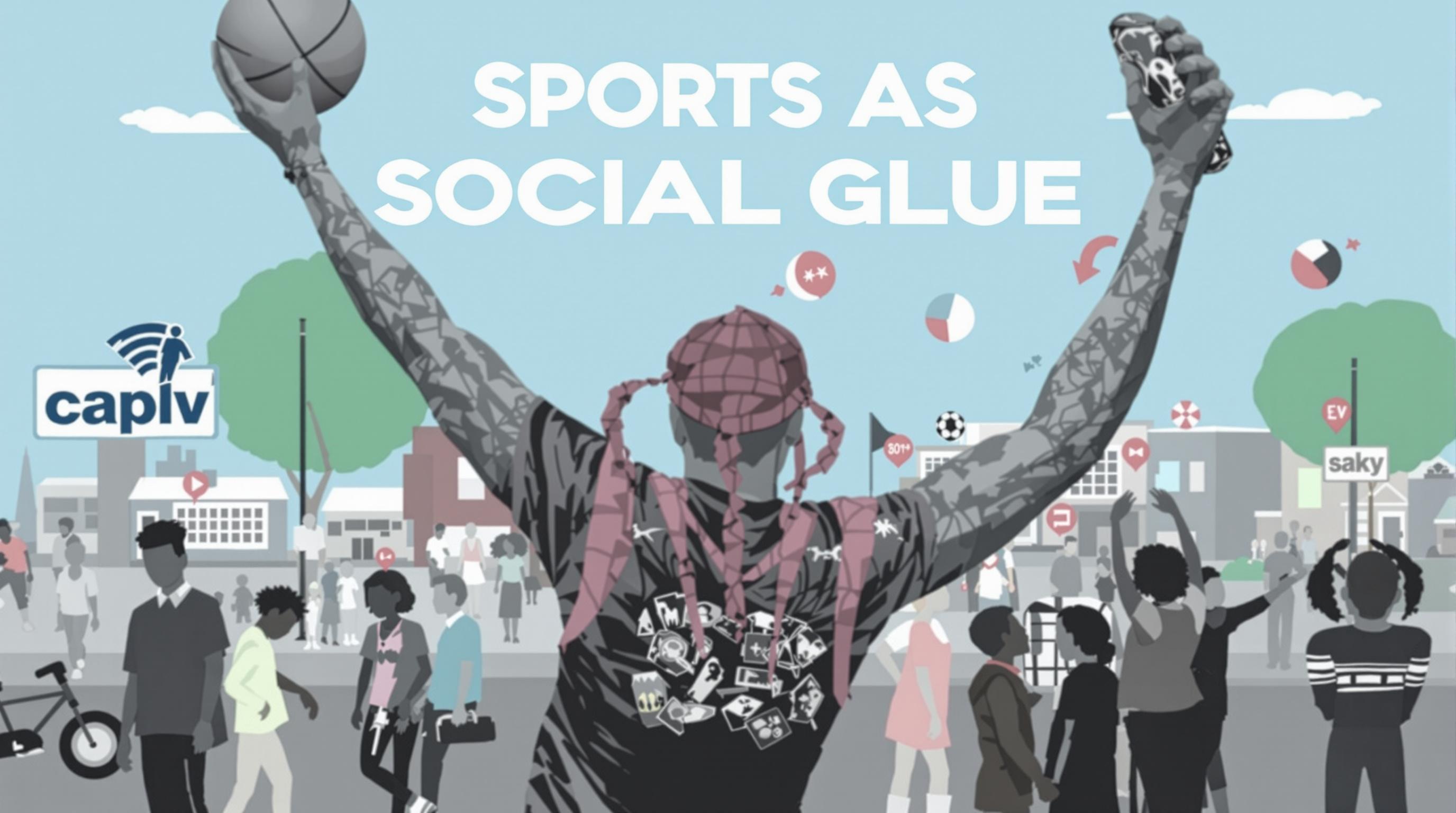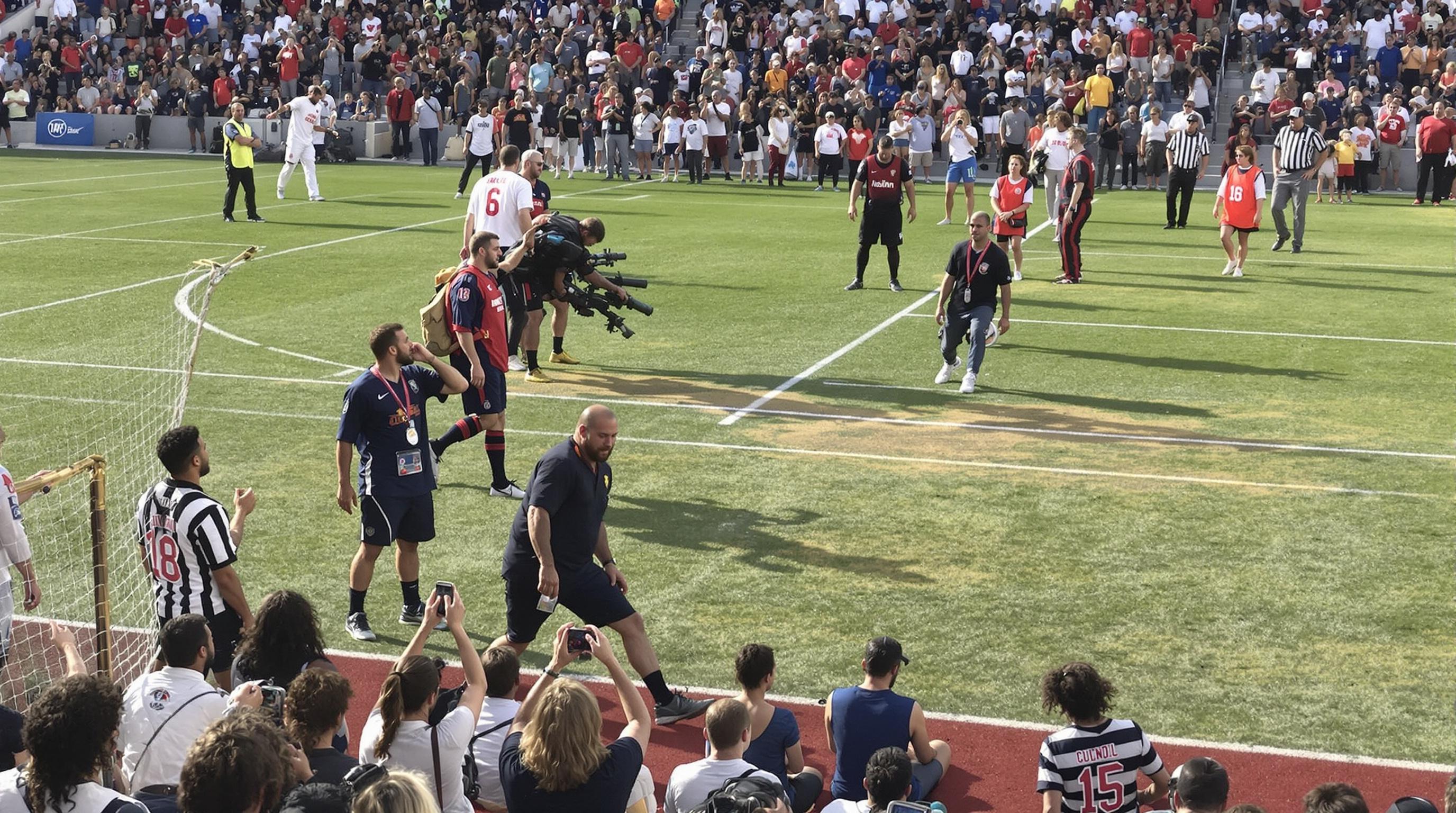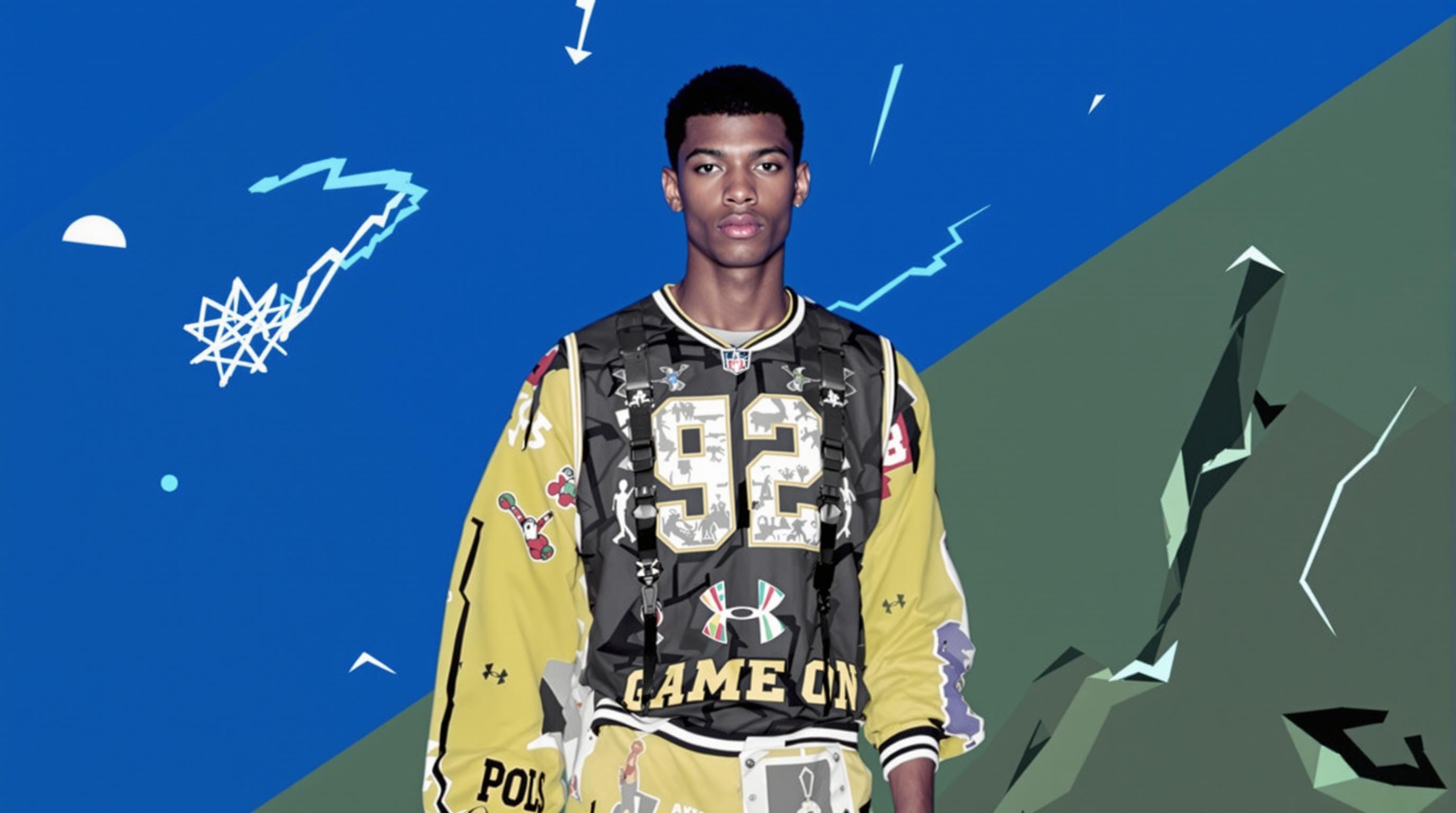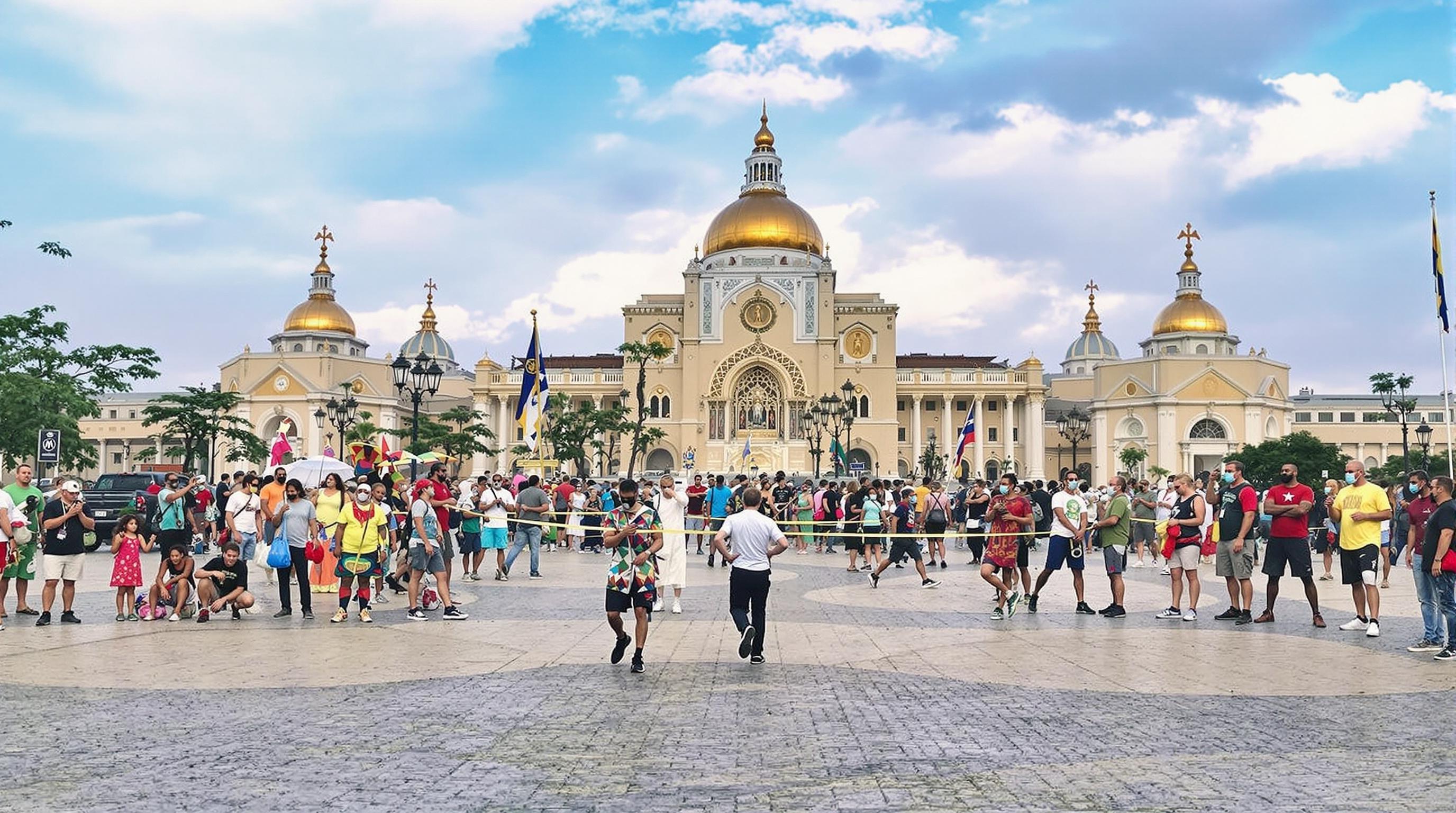Related Articles
- Sporting Rituals: The Curious Connections Between Athletic Events and Ancient Traditions of Worship and Community Bonding
- Game On: The Surprising Influence of Sports on Fashion Trends and Personal Identity in Youth Culture
- Rituals and Rites: How Competitive Sports Influence Cultural Practices in Spiritual and Indigenous Communities
- Sports as Social Glue: Examining the Bond Between Athletic Rivalries and Neighborhood Integration
- Spectacles of Strife: How Weather Patterns Disrupted Historic Sports Events and Changed Athletes' Fortunes
- Bizarre Beginnings: The Unwritten Rules of Quirky Sports and Their Role in Shaping Modern Athletics
Sports as Social Glue: Examining the Bond Between Athletic Rivalries and Neighborhood Integration
Sports as Social Glue: Examining the Bond Between Athletic Rivalries and Neighborhood Integration
Sports have an unparalleled ability to foster connections among people, often serving as a rallying point for communities with divergent backgrounds. This article delves into how athletic rivalries can not only create a sense of identity but also enhance neighborhood integration, weaving a rich tapestry of social bonds that shimmer brightly in the fabric of society.
A Powerful Catalyst for Community Cohesion
Have you ever watched a football game where the crowd erupts in unison, filled with excitement, shared passion, and sometimes a sprinkle of rivalry? This communal experience is not just a pastime; it’s a social glue that binds neighbors together. When people cheer for the same team, they create bonds that transcend personal differences. A study from the Journal of Sports Behavior reveals that communities with a strong sports culture report higher levels of social interaction, trust, and cohesion among residents (Smith & Smith, 2021).
A Neighborly Affair: Local Rivalries in Action
Consider the fierce rivalry between two local high schools, Lincoln High and Jefferson Academy. Each Friday night during football season, these schools become battlegrounds for not just the teams, but also for the neighborhoods they represent. Families gather, picnic blankets spread out on the grass, exchanging homemade goodies while children run in packs, playing tag under the stadium lights. In this vibrant atmosphere, the lines between friend and foe blur, reinforcing a sense of belonging. This sporting phenomenon exemplifies how rivalries can direct focus toward collective experiences, leading to greater integration within communities.
Humor on the Sidelines
And let’s not forget the humorous side of these rivalries! Picture this: it’s a chilly Friday night, and two fans, clad in their team colors, find themselves arguing over whose school is better at homecoming floats. Suddenly, they both trip over that rogue blind corner behind the concession stand! They laugh, realizing they’re not so different after all. Laughter, born from a shared love of the sport, punctuates any rivalry, softening tensions and warming hearts.
Statistics Speak Volumes
Statistics reveal the significant impact sports have on community relations. According to a study by the Pew Research Center, communities where local sports teams achieve considerable success report a 25% increase in social capital—a measure of social networks and the norms of reciprocity and trustworthiness that arise from them (Pew Research, 2020). This shows that communal success can translate into a wave of optimism and unity, encouraging neighborhoods to interweave their narratives.
Real-Life Case Studies
One captivating case study is found in Portland, Oregon, where the Portland Timbers soccer team has rejuvenated the sense of community through their local games. The Timbers Army, a passionate supporter group, has a unique mantra: "To build that community, we need to include everyone." Every match day, fans gather not just to support their team but to partake in this community-building exercise, which draws in individuals from all walks of life. The collective celebration at Providence Park not only energizes the crowd but encourages participation from the marginalized and diverse demographics of the city.
The Role of Storytelling
Storytelling is crucial in understanding the social significance of sports. The tales of local heroes—high school players making a comeback after an injury, or community leaders supporting the team—forge narratives that people rally around. These stories create an emotional landscape that transcends mere sporting endeavors. Local lore begins to involve sports, merging individual experiences with neighborhood identity. This idea has deep roots in history; according to historian Allen Guttman, sports have served as a modern-day tales of virtue and community, echoing traditional folklore.
The Psychological Underpinnings
From a psychological perspective, the human brain exhibits a distinct neurological response when experiencing shared emotional events, particularly in a sports setting. The phenomenon of "collective effervescence," coined by sociologist Émile Durkheim, describes the feeling of enthusiasm that emerges in a group engaged in the same activity. When residents feel a shared allegiance, neurotransmitters such as oxytocin are released, reinforcing their bond and heightening their sense of belonging.
Young Voices Matter
But what about the younger generation? Their role in integrating neighborhoods through sports is not just significant but pivotal. Young people often act as bridges between diverse backgrounds. The local rec leagues are filled with kids swapping jerseys and snacks, forging connections through dodgeball games or summer baseball tournaments. As a result, parents are encouraged to mingle as well, further blurring the lines that may exist due to class or culture. A study published in the Journal of Youth and Adolescence confirms that children who participate in competitive sports exhibit a higher level of social integration (Thompson, 2022).
Closing Gaps through Sports
While rivalries often incite competition, they can also serve to close gaps. A survey conducted by the National Recreation and Park Association suggests that 87% of respondents believe community sports help improve relationships across diverse groups (NRPA, 2023). As the opposing fans cheer loudly for their respective teams, they also share a connection—a mutual understanding of the joy and disappointment that accompanies competition. Closing the gaps that divide us while filling the void with spirited rivalry is an intrinsic value of sport.
Beyond the Competition: Lasting Friendships
As we reminisce on these sporting clashes, let’s also acknowledge the after-effects: lasting friendships. What often starts as a rivalry can blossom into camaraderie. You’ll often find rival fans grabbing drinks after a game, laughing off their mutual disappointment. Such stories are countless—a Chicago Cub and a White Sox fan becoming best buddies after a heated game in Wrigley Field, proving that the love of sport, at its heart, is a unifying force. The connection formed in the heat of competition transforms neighbors into friends, highlighting the shared humanity beneath the sport.
The Societal Ripple Effect
Beyond personal connections, sports inspire broader societal engagement. Cities with vibrant sports cultures often garner more substantial investments in public services like parks and recreational programs. For instance, cities like Boston and Philadelphia invest centralized funds into facilities and events that encourage community sports, leading to benefits that echo far beyond the sporting sphere, such as improved health outcomes and economic uplift (Council for the Sports Industry, 2023).
Community Revitalization
In some cases, sports even act as a revitalizing force in economically challenged areas. The rebuilding of the L.A. Coliseum in 2013 sparked economic growth, and local businesses flourished as they capitalized on the sports ambiance. City planners recognized the potential of sports to rehabilitate neighborhoods, transforming them into thriving cultural hubs that encourage not just spectator sports but active participation.
The Call to Action
So, what can we do to harness the power of sports as a bonding agent? Simple: be active participants in our local sports ecosystems. Attend games, support youth leagues, or even volunteer at events. Each action you take builds stronger connections in your neighborhood. The ultimate goal is to not only revel in the competition but also to understand that our rivalries—whether in sports, politics, or any other arena—can help ease divisions rather than deepen them.
The Last Word
In summarizing the intricate relationship between sports, social integration, and rivalry, it’s essential to remember that this phenomenon will continue to unfold. As we engage with our communities through athletics, we’re not just spectators cheering from the sidelines; we become key players in fostering integration and unity. Truly, the heart of every sporting rivalry lies in its power to connect us, bind us, and ultimately, remind us that beyond the game, we share this beautiful world together.




